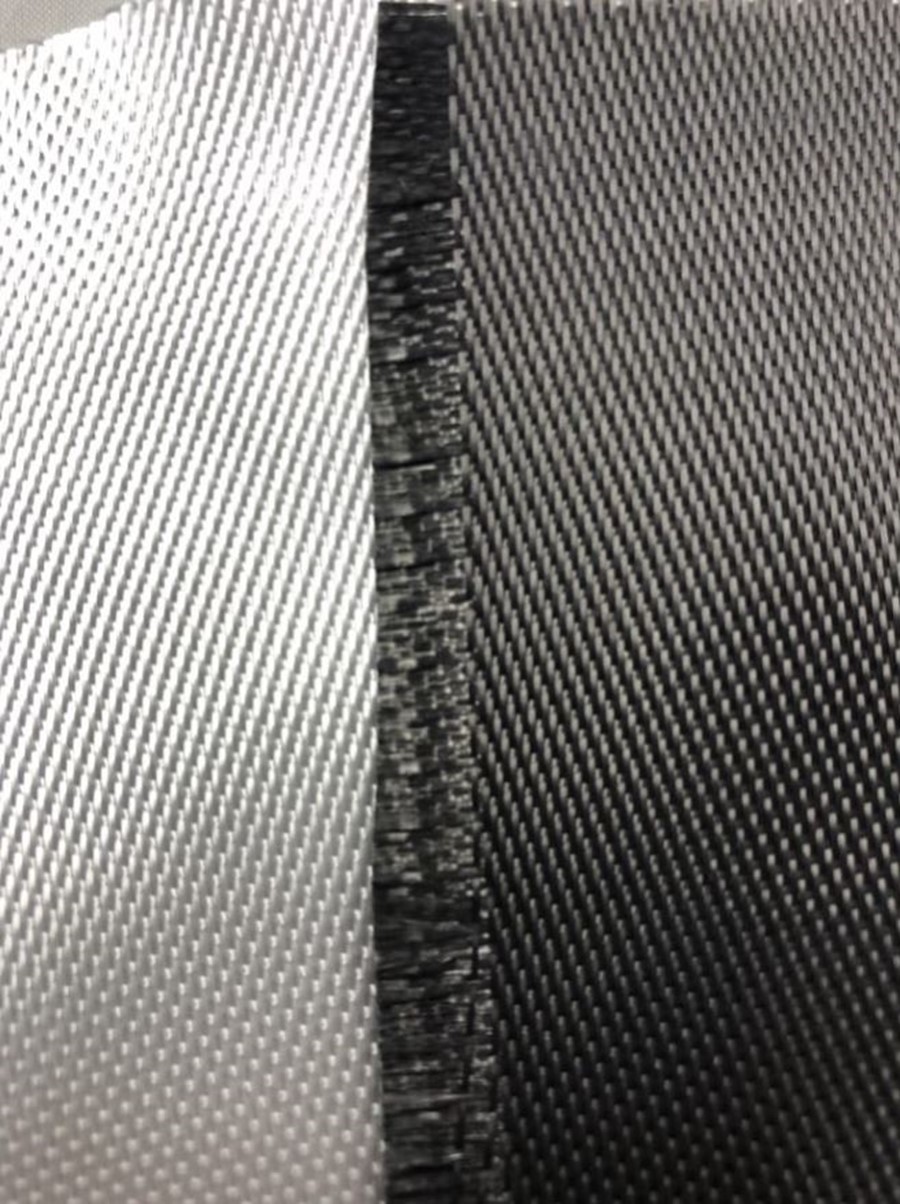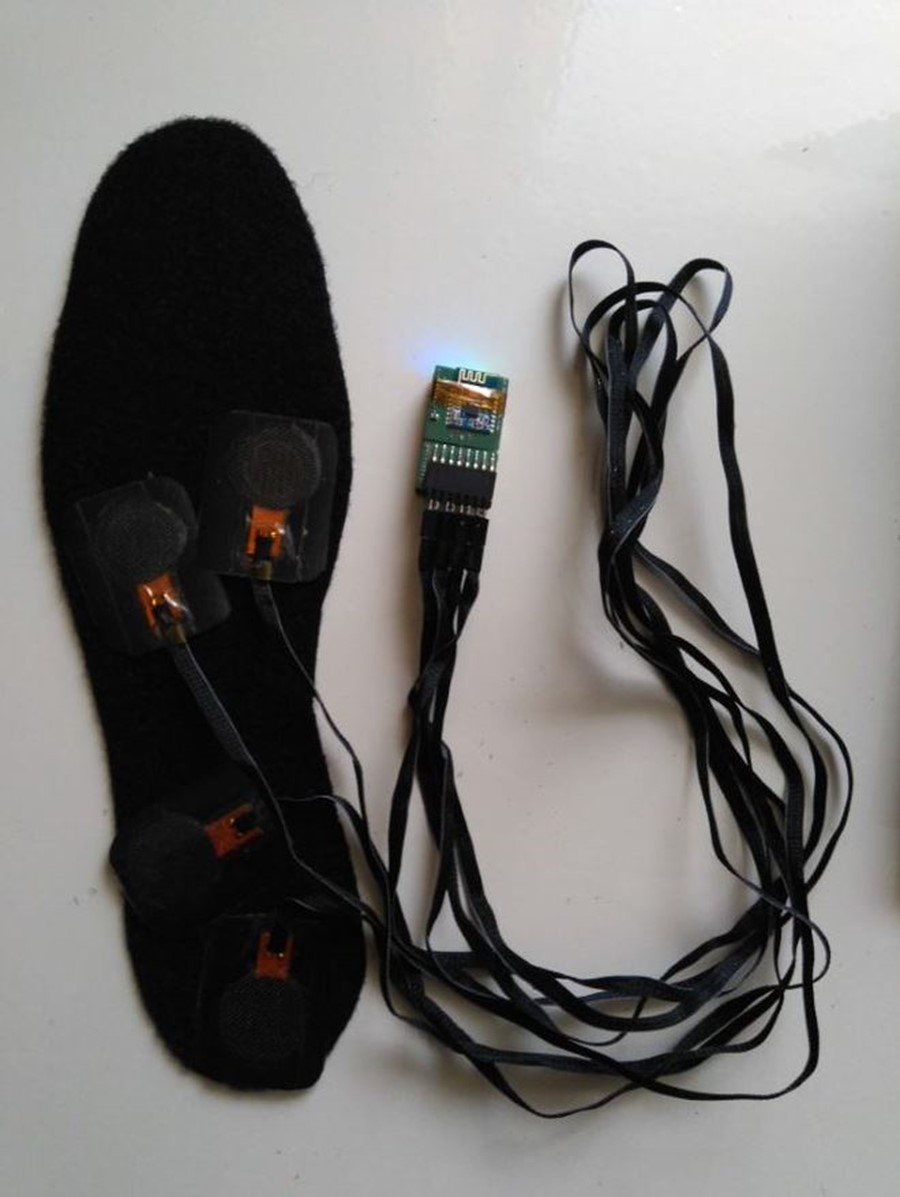Materials of the future
Trace amounts of graphene and other layered materials are often sufficient to enhance the properties of other materials. Graphene Flagship researchers add graphene to metals, plastics and other materials, to make them stronger, lighter, conductive and so forth.
Whether embedded, layered or sprayed, graphene introduces new properties to existing products or allows the development of new ones. It also reduces the amount of material required to achieve the same performance, or to raise performance to previously unattainable levels.
Graphene and metals – Tackling future copper shortages
As the globe becomes increasingly electrified, the demand for metals, particularly copper, will grow by an order of magnitude over the next several decades. On the flip side, a shortage of 10 million tonnes of copper is projected by 2030.
Graphene Flagship Associated Member GraphMaTech, Sweden, aims to reduce the need for copper, replacing a portion of it with graphene. Compared with copper alone, copper-graphene composites perform better on several metrics, including hardness, Young’s modulus and tensile strength at room temperature. Furthermore, graphene fillers maintain copper’s mechanical properties and reduce electromigration effects, which can cause circuits to fail or lose connection.
“We have developed technologies to integrate graphene in metals, with the ambition to improve metal-graphene composites. We can boost the property of metallic materials, which means that less metal is needed in certain applications. We are focusing on electrification applications and looking at using graphene-metals that are hydrogen-compatible for the hydrogen economy of the future,” said Mamoun Taher, GraphMaTech AB’s CEO during the “Enabling the green transition with graphene technology” webinar organised by Graphene Flagship Innovation Work Package on 27 October 2022.

Graphene coated glass fibre vs bare glass fibre. Credit: Grafren AB
We have developed technologies to integrate graphene in metals, with the ambition to improve metal-graphene composites. We can boost the property of metallic materials, which means that less metal is needed in certain applications. We are focusing on electrification applications and looking at using graphene-metals that are hydrogen-compatible for the hydrogen economy of the future
GraphMaTech AB’s CEO
Graphene and glass fibers – Adding new functionalities
Graphene Flagship Associated Member Grafren AB, Sweden, is direct coating glass fibres with graphene flakes to improve their properties. Conventional graphene paint- or binder-based coating approaches are not applicable to glass fibres. Graphene and glass fibres must be integrated on the nanoscale level, assembling and arranging graphene flakes on the fibres’ surface. “We coat the glass fibres using graphene flakes in a unique way. The resulting coating resembles a snake’s skin, with a lot of flakes arranged on the fibres' surface and overlapping with each other,” explains Grafren’s CEO Erik Khranovskyy. The team has successfully demonstrated the fabrication of lightweight and soft e-textiles – electrically conductive fabrics – using the same approach.
We coat the glass fibres using graphene flakes in a unique way. The resulting coating resembles a snake’s skin, with a lot of flakes arranged on the fibres' surface and overlapping with each other.
CEO, Grafren
Graphene and rubber – Winning the gold medal at the Tour de France 2022
Conventional rubber, whether natural or synthetic, must undergo a chemical cross-linking reaction to harden. These properties can be further enhanced during manufacture by adding compounding ingredients. Graphene oxide is one of them: it can both crosslink and reinforce rubber. It can increase rubber’s ability to withstand prolonged abrasion and improve rubber’s tensile and tear strength, fire retardancy and thermal resistance.
Graphene Flagship Associated Member Vittoria Spa, Italy, applied graphene to its race tyres, obtaining improved results in terms of speed and rolling performance (+5%), grip (+8%), and puncture resistance (+19%) and durability. Vittoria’s second-generation graphene compound (Graphene 2.0) won numerous Grand Tour races, as well as European, French, German, Austrian, Russian, Brazilian and Pan-American Cross-Country MTB championships. In 2022 alone, Vittoria’s graphene enhanced race tyres were the fastest for bikes of all types, winning races such as Le Tour de France (road), UCI World Gravel Championships, as well as UCI World Mountain Bike Championships in Cross Country, and UCI World Track Championships, showing class leading performance across diverse disciplines as well as terrain.

Jonas Vingegaard wins the Tour de France 2022 riding on Vittoria spa’s graphene race tyres. Credit: Vittoria Spa
Graphene and concrete – More graphene, less cement
Graphene-enhanced concrete is 2.5 times stronger and 4 times less water permeable than standard concrete. It uses much less cement to deliver the desired strength. Since cement production is the main cause of CO2 emissions in the construction industry, graphene-enhanced concrete is expected to reduce these emissions by 30%.
In March 2022, Graphene Flagship Partner Versarien unveiled the world’s first 3D printed construction with graphene-enhanced admixture, trademarked as Cementene™. Later in 2022, Versarien collaborated with designer Steuart Padwick to use Cementene™ to create Island Steps, a 3D-printed cement-free structure, which was presented at Design London.
Graphene and textiles – Weaving conductive yarns
The researchers in the Graphene Flagship’s Flexible Electronics Work Package are developing graphene-enriched conductive polyester (polyethylene terephthalate, PET) yarns. The team follows a collaborative approach: the Finnish Institute VTT receives graphene-based layered materials from the University of Cambridge (UK), and compounds it with PET. Afterwards, the material is spun and woven into fabric by the German company Trevira GmbH. If techno-economically successful, this material is expected to become a new type of lightweight conductive yarn.
Learn more about graphene products: https://graphene-flagship.eu/innovation/products/

Graphene-enriched fabric works as a pressure sensor and was applied to the shoe soles. Credit: Trevira




